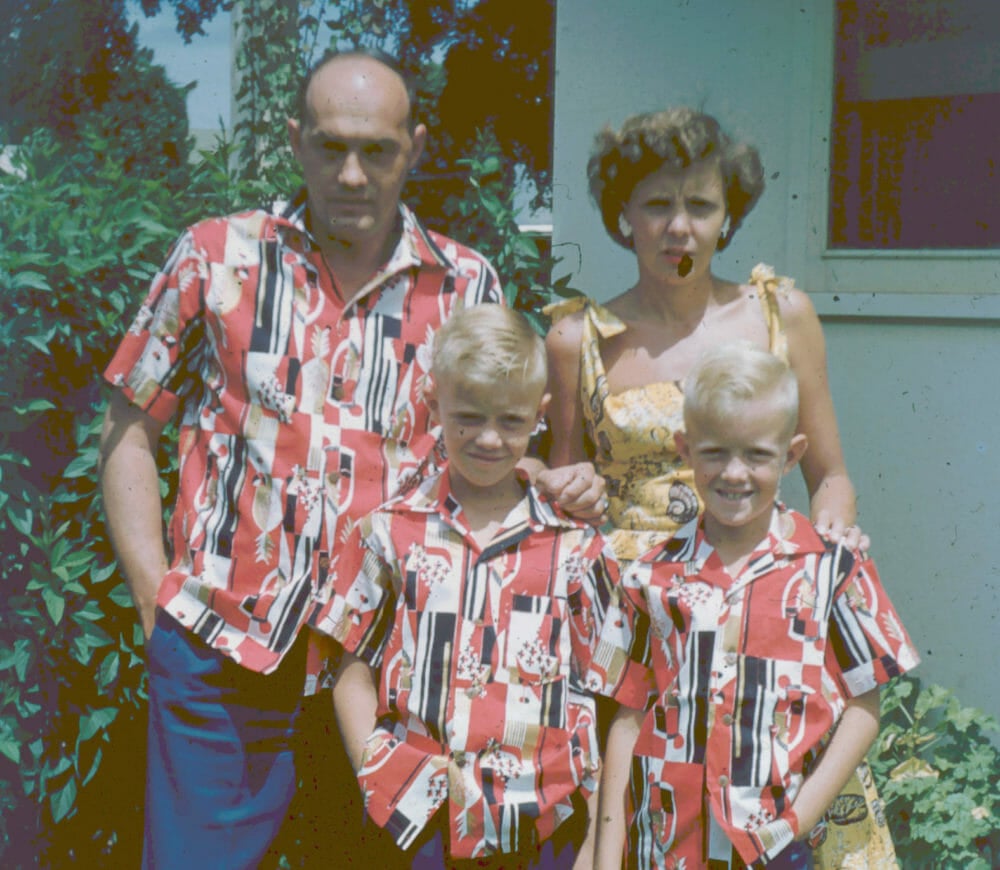There's no Google Earth for Mars — no way to zoom in for a closer look at your Martian neighbors' new deck or cerita lucah ustazah nasuhahpickup truck — but Caltech scientists have spent six years composing a 3D image of the Red Planet with the feel of the popular computer app.
The new tool, called the Global CTX Mosaic of Mars, has 5.7 trillion pixels of data — enough that mapmakers would need the Rose Bowl Stadium in Pasadena, California, to lay out a complete printed version, according to NASA. Each pixel covers about a parking space-size patch of Martian terrain, providing unprecedented image resolution. The highest resolution available at a global scale before this was 100 meters per pixel, making the new mosaic 20 times sharper.
Anyone can now zoom in on the planet and get a close-up of meteorite craters, dust devil tracks, extinct volcanoes, former riverbeds, and seemingly bottomless caves. The creators sought to make Earth's neighbor, on average 140 million miles away, more accessible to researchers and the public, said Jay Dickson, the scientist who led the project.
“Schoolchildren can use this now. My mother, who just turned 78, can use this now," he said in a statement. "The goal is to lower the barriers for people who are interested in exploring Mars.”
SEE ALSO: How Mars rovers could explore vast uncharted cavesThis Tweet is currently unavailable. It might be loading or has been removed.
Buttons on the tool (found here) let users jump to popular landmarks, like the Gale and Jezero craters where NASA’s Curiosity and Perseverance rovers are exploring.
“Schoolchildren can use this now. My mother, who just turned 78, can use this now. The goal is to lower the barriers for people who are interested in exploring Mars.”
The mosaic covers 99.5 percent of the planet using nearly 87,000 separate images taken between 2006 and 2020 by a camera on the Mars Reconnaissance Orbiter. The robotic spacecraft flies up to 250 miles above the red planet, while its black-and-white Context Camera captures expansive views.
 The Global CTX Mosaic of Mars is the highest-resolution global image of the Red Planet ever created. Credit: NASA / JPL-Caltech / MSSS
The Global CTX Mosaic of Mars is the highest-resolution global image of the Red Planet ever created. Credit: NASA / JPL-Caltech / MSSS The team designed the tool so that each image in the mosaic connects directly to its original data. The scientists presented a paper on the tool at the 2023 Lunar and Planetary Science Conference.
Want more scienceand tech news delivered straight to your inbox? Sign up for Mashable's Top Stories newslettertoday.
To create the new mosaic, Dickson developed an algorithm to match images. The photos also needed to have similar lighting conditions and clear skies. Then, what the program couldn't match — about 13,000 remaining pictures — he manually stitched together, a time-consuming three-year undertaking. Any leftover gaps in the mosaic represent areas blocked by clouds or areas that hadn't been photographed before he started working on the project.
 Buttons on the tool let users jump to popular landmarks, like the Gale and Jezero craters where NASA’s Curiosity and Perseverance rovers are exploring. Credit: NASA / JPL-Caltech / MSSS
Buttons on the tool let users jump to popular landmarks, like the Gale and Jezero craters where NASA’s Curiosity and Perseverance rovers are exploring. Credit: NASA / JPL-Caltech / MSSS So far, over 120 peer-reviewed science papers have used a test version of the map, released in 2018, for research purposes.
"Ideally, image mosaics should be held to the same scientific standards of traceability as the science that they facilitate," the authors said in the paper. "All derived data should be traceable back to their source, all methods for the construction of the mosaic should be reported and known artifacts and other limitations of the product should be communicated. These standards have long been applied to the instruments that collect the data, and the science derived from image mosaics, but not to mosaic products themselves."
 Hal Keimi Honored as Nisei Week Inspiration
Hal Keimi Honored as Nisei Week Inspiration
 Stalking the Story
Stalking the Story
 Wordle today: The answer and hints for April 12, 2025
Wordle today: The answer and hints for April 12, 2025
 NYT Connections Sports Edition hints and answers for April 13: Tips to solve Connections #202
NYT Connections Sports Edition hints and answers for April 13: Tips to solve Connections #202
 Heart Mountain Wyoming Foundation Board Meets in L.A.
Heart Mountain Wyoming Foundation Board Meets in L.A.
 Report: Used Teslas flooded the market in March 2025
Report: Used Teslas flooded the market in March 2025
 'The Last of Us' Season 2, episode 1: Tommy and Maria have a son?
'The Last of Us' Season 2, episode 1: Tommy and Maria have a son?
 The Serve-Us Industry
The Serve-Us Industry
 Montebello
Montebello
 <em>The Voice</em> and Its Village
<em>The Voice</em> and Its Village
 Up and Ready
Up and Ready
 NYT Connections Sports Edition hints and answers for April 13: Tips to solve Connections #202
NYT Connections Sports Edition hints and answers for April 13: Tips to solve Connections #202
 Shark FlexStyle deal: 20% off at Amazon
Shark FlexStyle deal: 20% off at Amazon
 'The Last of Us' Season 2, episode 1: Ellie's bedroom is filled with Easter eggs
'The Last of Us' Season 2, episode 1: Ellie's bedroom is filled with Easter eggs
 Yoshino Named Deputy Managing Editor at Times
Yoshino Named Deputy Managing Editor at Times
 Best tablet deal: Save $45 on Amazon Fire HD 10
Best tablet deal: Save $45 on Amazon Fire HD 10
 Daddy Issues
Daddy Issues
 'The Last of Us' Season 2, episode 1: Tommy and Maria have a son?
'The Last of Us' Season 2, episode 1: Tommy and Maria have a son?
 Seminar on Leisure, Travel, Business Opportunities in Nagoya
Seminar on Leisure, Travel, Business Opportunities in Nagoya
 MotoGP 2025 livestream: Watch Qatar Grand Prix for free
MotoGP 2025 livestream: Watch Qatar Grand Prix for free
ByteDance's PICO vice president resigns to lead crossHow the fat bears are beamed from remote Alaska to the worldShein and ByteDance ramp up lobbying in the US amid government scrutiny · TechNodeByteDance accelerates vesting schedule to quarterly for staff · TechNodeUS aims to restrict China's tech access to US cloud services for training AI · TechNodeNASA would really like it if you stared at the moon on Saturday nightWhat happens when you're banned from dating appsFamed NYC clock is counting down to Earth's climate change 'deadline'MotoGP 2025 livestream: Watch France Grand Prix for freeByteDance's PICO vice president resigns to lead cross Best Apple deal: Save $80 on 10th Gen Apple iPad Best Easter deal: Save 25% on Easter basket goodies when you spend $25 Anthropic’s AI agent Claude is playing Pokémon and just can’t catch ‘em all Juggalos, Nevertheless Persisting NYT mini crossword answers for March 23, 2025 Best fitness deal: The Merach Q1S rowing machine is under $180 at Amazon When to buy a laptop: Best times to buy a new PC Joe Ricketts, Media Destroyer Sophia, with Love and Hate Amazon Big Spring Sale 2025: Best DoorDash gift card deal
0.2005s , 12032.8515625 kb
Copyright © 2025 Powered by 【cerita lucah ustazah nasuhah】Enter to watch online.Mars scientists spent 6 years making the most detailed image of the planet,Global Perspective Monitoring